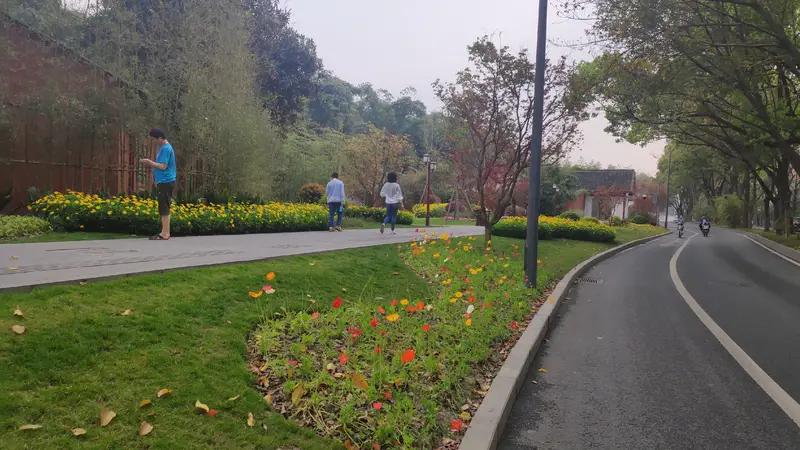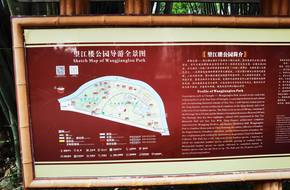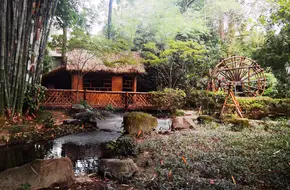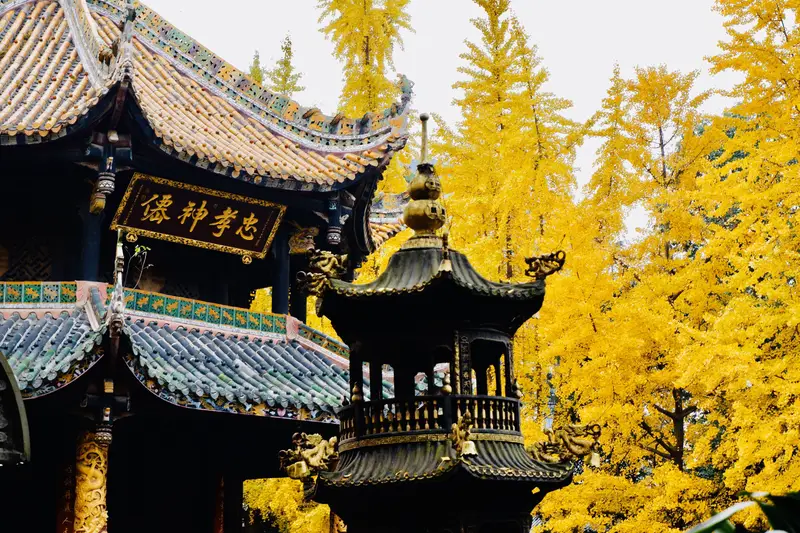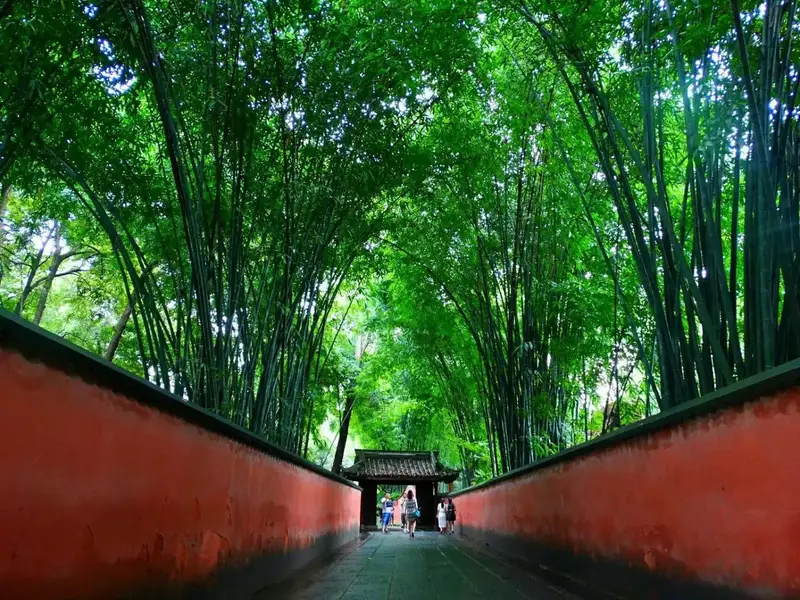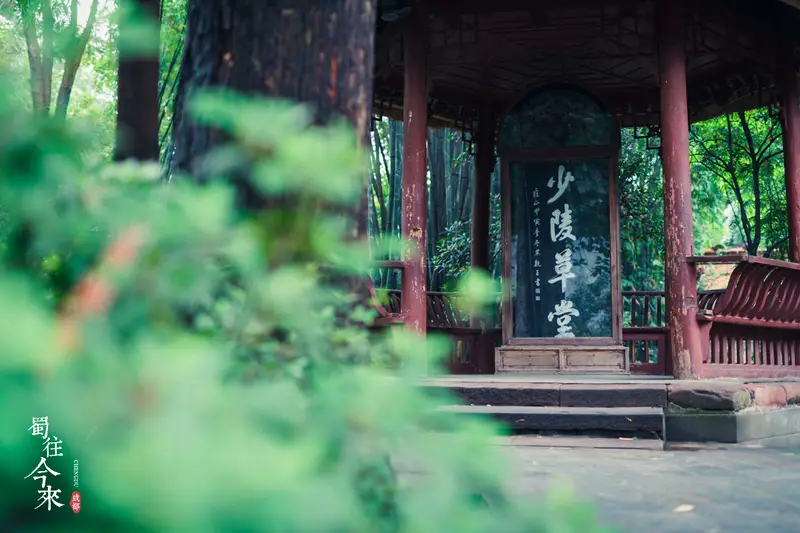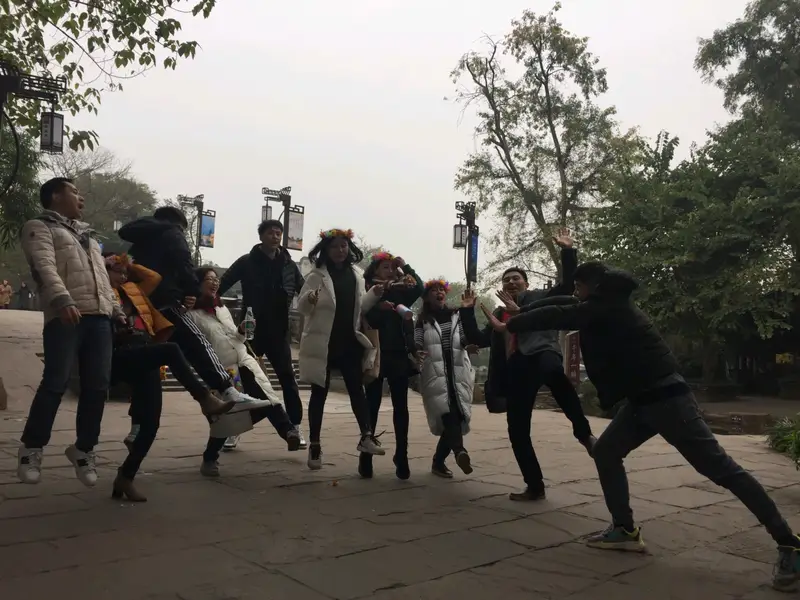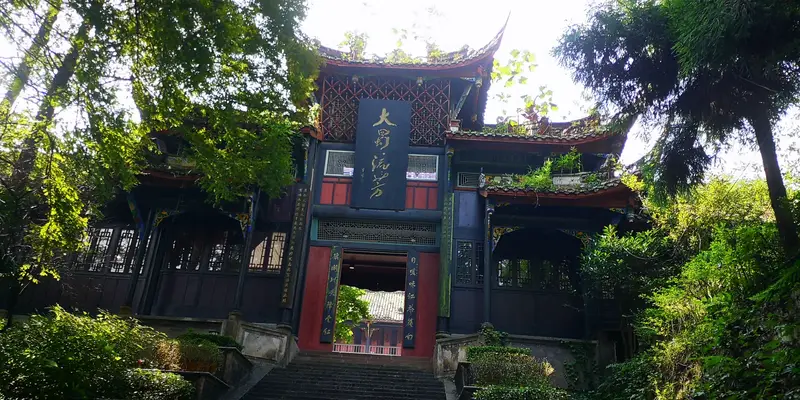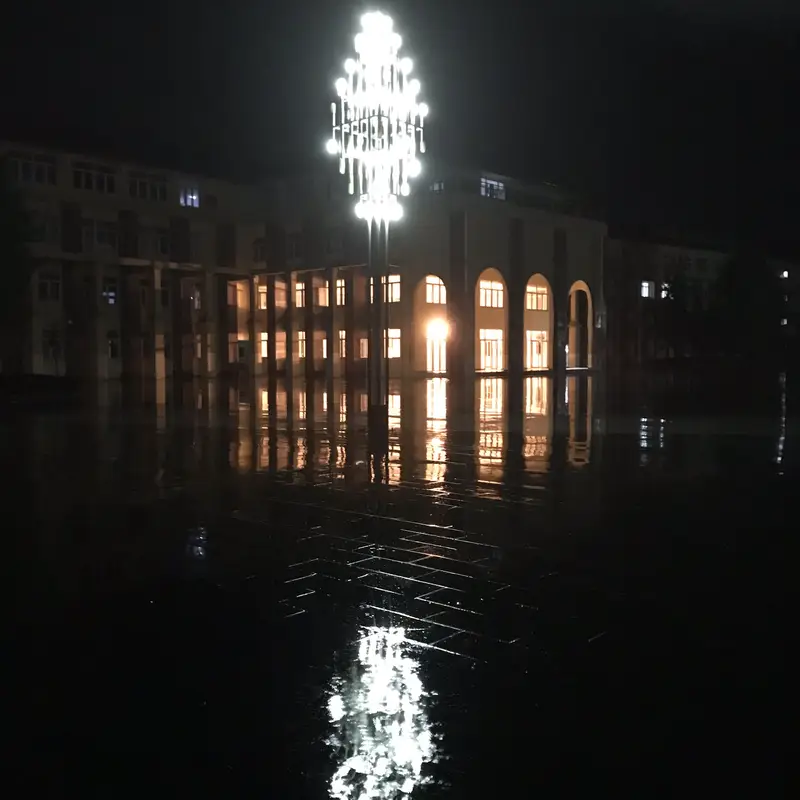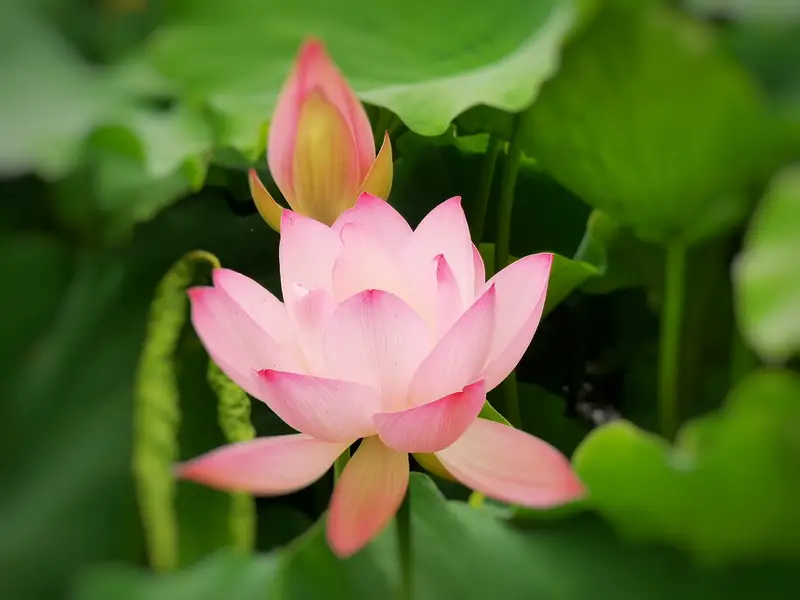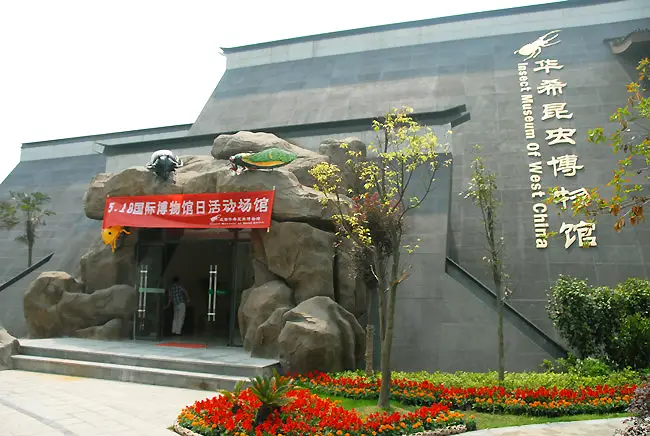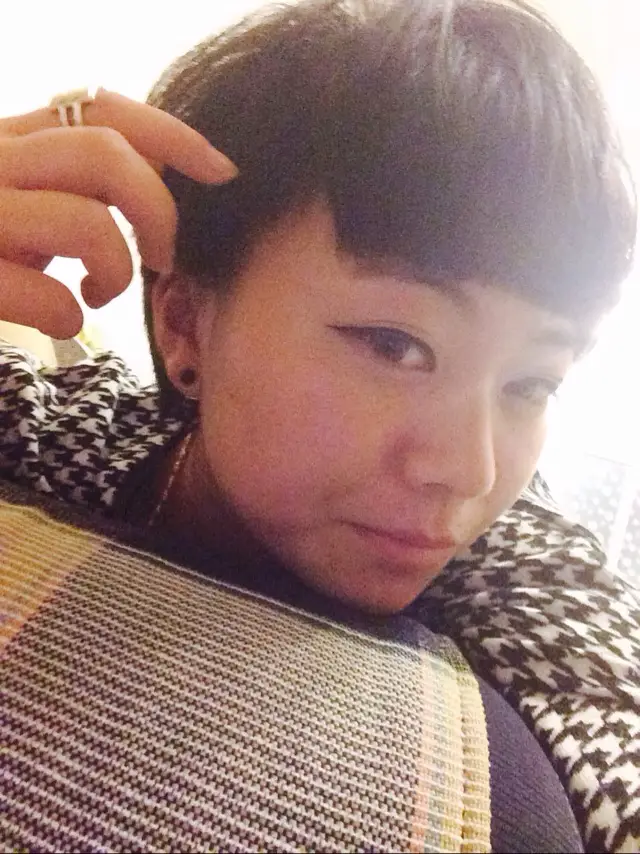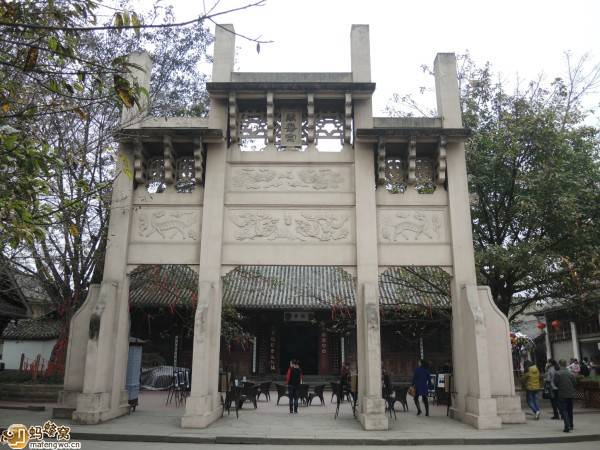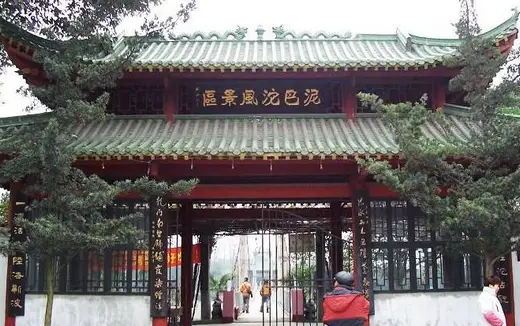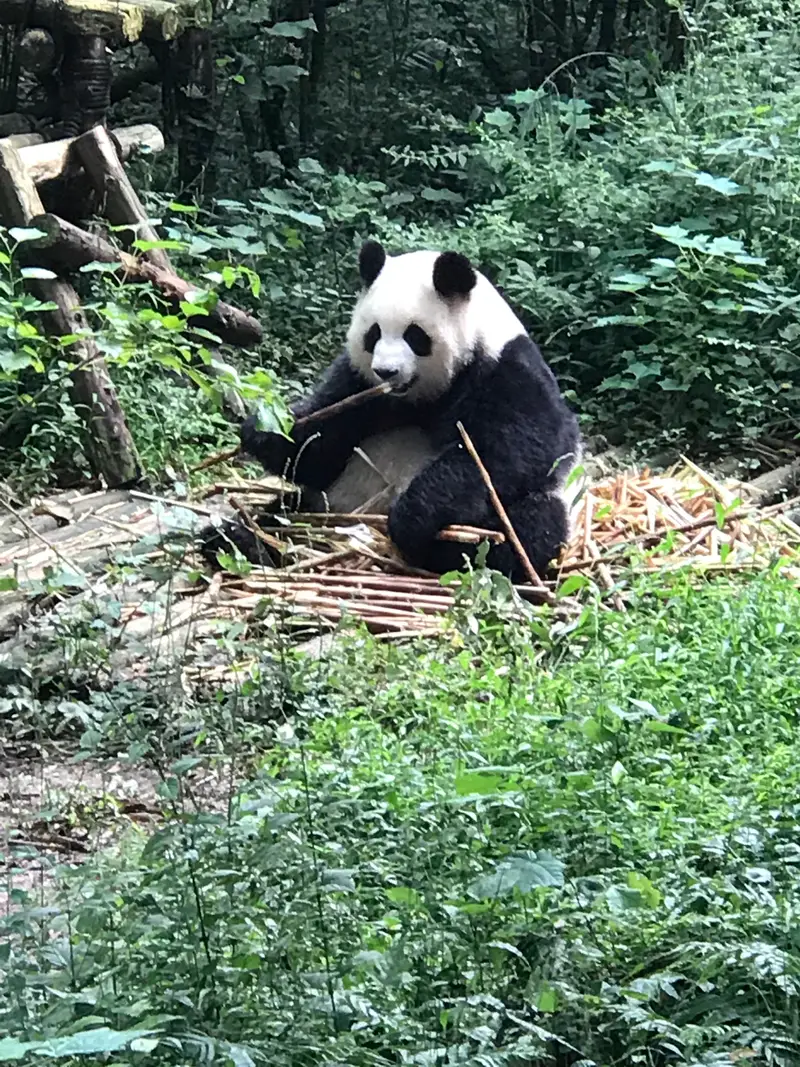Ge Garden: A Hidden Gem in Chengdu’s Wangjiang Park
Ge Garden, nestled within the sprawling Wangjiang Park, is one of Chengdu’s best-kept secrets. Located at 30, 40, and 50 Wangjiang Road, this tranquil oasis combines natural beauty with historic charm, making it a must-visit for anyone exploring the city.
Getting There
Ge Garden sits along the eastern bank of the Jin River, just south of Chengdu’s bustling downtown area. The easiest way to reach it is by taking Metro Line 3 to Jinjiang Gongyuan station, then walking 10 minutes east. If you’re staying near Wuhou Temple or Sichuan University, it’s also a short bike ride or taxi ride away. The park’s entrance is hard to miss—just follow the crowds admiring the towering Wangjiang Tower (Chengdu’s iconic riverside pagoda).
Nature’s Peaceful Escape
Step into Ge Garden, and you’ll feel instantly transported. The garden is a lush tapestry of bamboo groves, koi ponds, and ancient cypress trees that have witnessed centuries. In spring, cherry blossoms paint the sky pink, while autumn turns the maple trees fiery red. The centerpiece is a serene lake where visitors feed fish and turtles—a perfect spot for photos. Paths wind through rockeries and flower beds, inviting you to slow down and breathe.
History and Culture
Though relatively new compared to Chengdu’s 2,000-year-old landmarks, Ge Garden still pulses with cultural stories. It was designed in the Qing Dynasty style, blending traditional pavilions with modern touches. Look for the Nine-Dragon Wall, a symbol of imperial power, and the Eight-Sided Pavilion, where locals once gathered to recite poetry. Even if you don’t speak Chinese, the garden’s architecture whispers tales of scholars and emperors.
What to Do Here
- Tea Time: Sip jasmine tea at the garden’s bamboo-shaded teahouse. It’s cheaper than a café and far more authentic.
- Photography: The lotus pond and stone bridges are Instagram gold—visit early morning or late afternoon for soft light.
- Culture Fix: Check the park’s schedule for free traditional music performances or calligraphy workshops.
- People-Watching: Locals dance, practice tai chi, or fly kites here. It’s a window into everyday Chengdu life.
Tips for Your Visit
- Free Entry: Unlike some Chengdu attractions, Ge Garden doesn’t charge. Just pay a small fee to enter Wangjiang Park (¥10–20).
- Avoid Crowds: Mornings are quietest. Weekends get packed, especially during festivals.
- Stay Longer: Pair your visit with nearby spots like Wuhou Shrine or the Sichuan University Museum.
Final Thoughts
Ge Garden isn’t about grand temples or flashy attractions—it’s about hustle-free relaxation. Whether you’re a history buff, nature lover, or just need a break from Chengdu’s spicy food, this garden offers a peaceful escape. Bring a book, pack a picnic, and let the bamboo rustle remind you why “ge” (meaning “retreat”) is the perfect name for this hidden gem.


